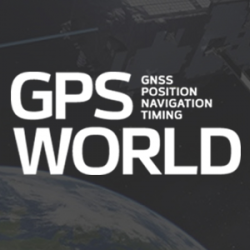
Riegl launches lightweight airborne lidar for UAVs
October 11, 2019
The Riegl miniVUX-2UAV is a lightweight airborne laser scanner designed specifically for integration with unmanned aerial vehicles and […]
Read More

The Riegl miniVUX-2UAV is a lightweight airborne laser scanner designed specifically for integration with unmanned aerial vehicles and […]

NASA’s UTM. On May 25, the Federal Aviation Administration (FAA)-designated Nevada UAS Test Site and its NASA partners […]

The government of Australia has launched the first $50 million Defence Cooperative Research Centre (CRC), announced July 6 […]

At the Royal Navy’s Unmanned Warrior demonstration, Insitu showcased its newest wide-area maritime surface search and identification technology […]

VectorNav Technologies, manufacturer of embedded navigation solutions, has introduced the Tactical Series, a next generation family of high-performance […]

Virtually all unmanned systems use GPS location technology and advanced mapping. As systems evolve, and enemy threats become more sophisticated, new requirements are emerging. The U.S. military is out in front of this trend, developing unmanned autonomous systems at an even faster pace, with more ambitious goals, than the civilian market.

As the 2016 legislative session kicked off this month, the Association for Unmanned Vehicles Systems International (AUVSI) has […]
Follow Us